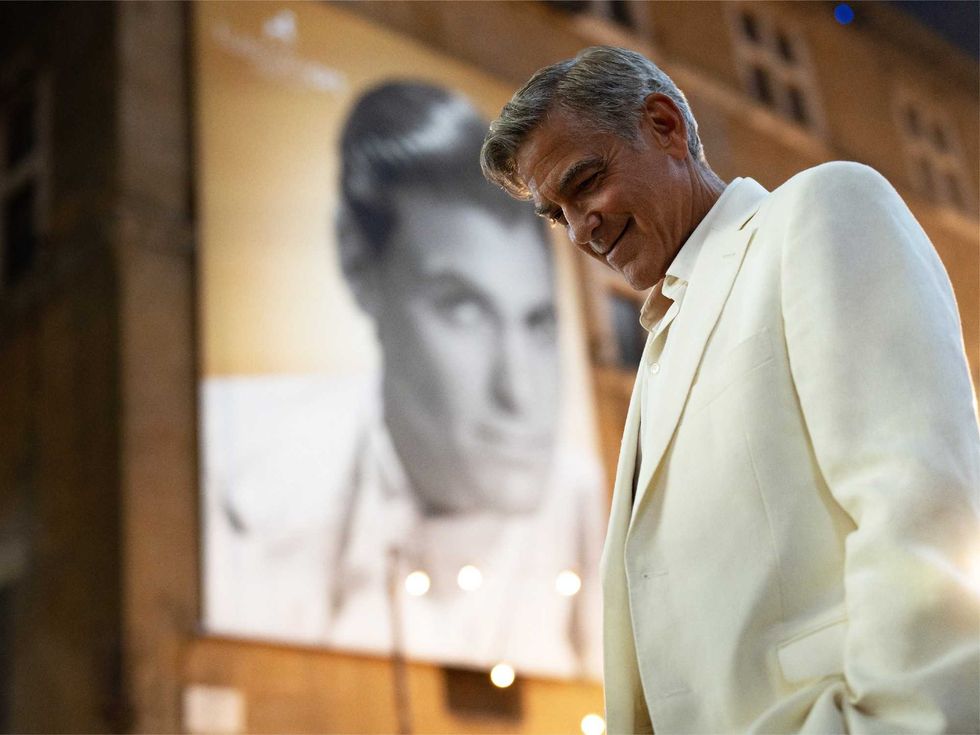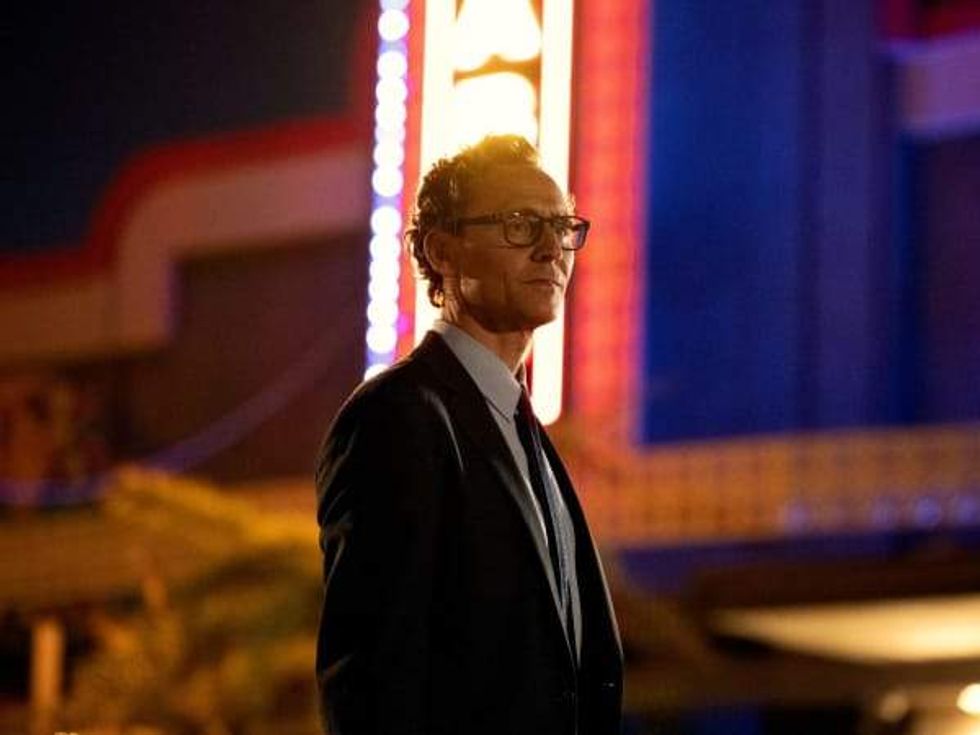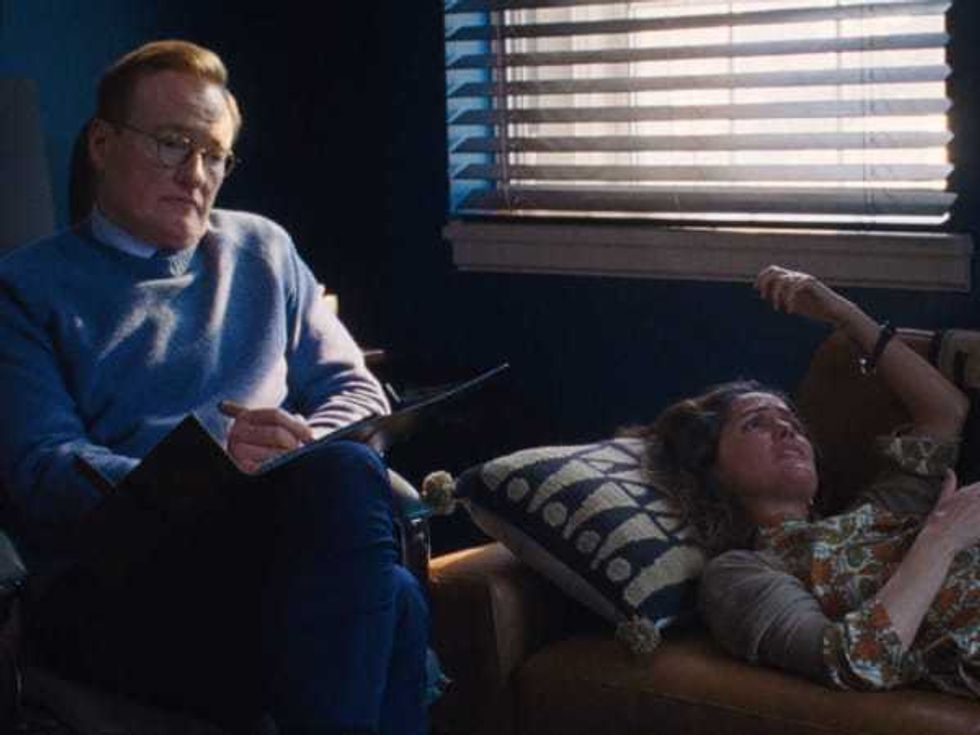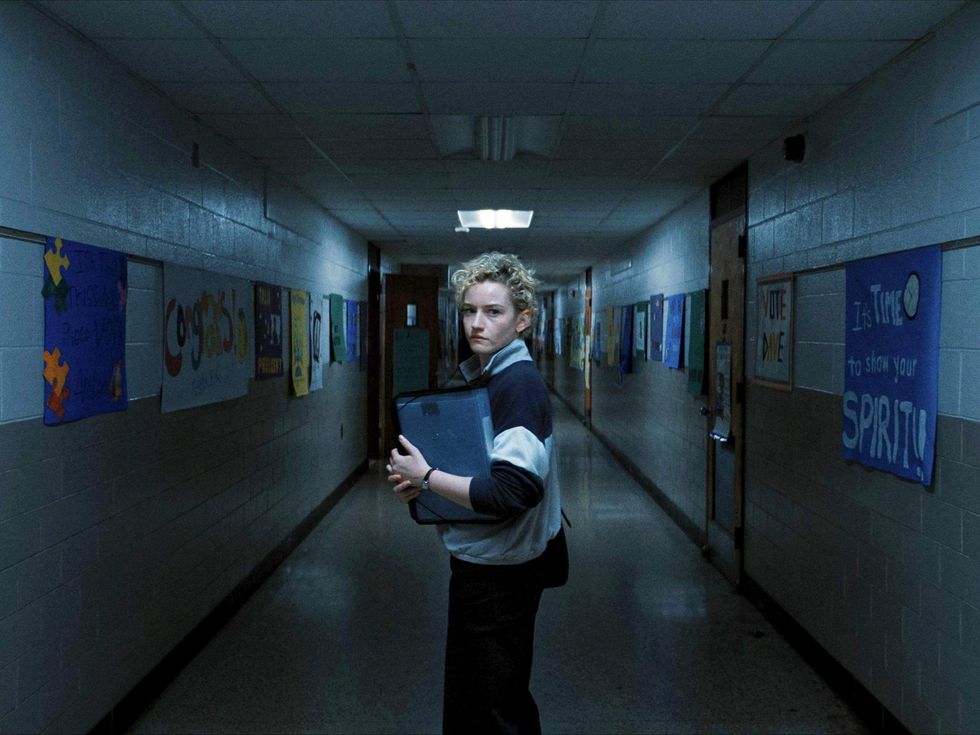Transformed Houston
Art world is stunned at news of Museum of Fine Arts Director Peter Marzio'sdeath
 Peter Marzio, director of the Museum of Fine Arts, Houston
Peter Marzio, director of the Museum of Fine Arts, Houston Just one highlight of his tenure, the donation of Rienzi in 1991
Just one highlight of his tenure, the donation of Rienzi in 1991 Alberto Giacometti's "Large Standing Womain I," 1960, stands before a granitetriangle, part of Isamu Noguchi's design for the Lillie and Hugh Roy CullenSculpture Garden, a 1986 accomplishment for Marzio.
Alberto Giacometti's "Large Standing Womain I," 1960, stands before a granitetriangle, part of Isamu Noguchi's design for the Lillie and Hugh Roy CullenSculpture Garden, a 1986 accomplishment for Marzio. Another Marzio contribution: the renovation of Bayou Bend in 1993
Another Marzio contribution: the renovation of Bayou Bend in 1993 Peter Marzio, director of the Museum of Fine Arts, HoustonMuseum of Fine Arts, Houston
Peter Marzio, director of the Museum of Fine Arts, HoustonMuseum of Fine Arts, Houston The Audrey Jones Beck Building opened to acclaim in March 2000.
The Audrey Jones Beck Building opened to acclaim in March 2000. Peter Marzio with Jeanie Kilroy, left, and Cornelia Long at the Septemberopening of the Lora Jean Kilroy Visitor and Education Center at Bayou BendPhoto by Gary Fountain
Peter Marzio with Jeanie Kilroy, left, and Cornelia Long at the Septemberopening of the Lora Jean Kilroy Visitor and Education Center at Bayou BendPhoto by Gary Fountain Lora Jean Kilroy Visitor and Education CenterPhoto by Robb Williamson
Lora Jean Kilroy Visitor and Education CenterPhoto by Robb Williamson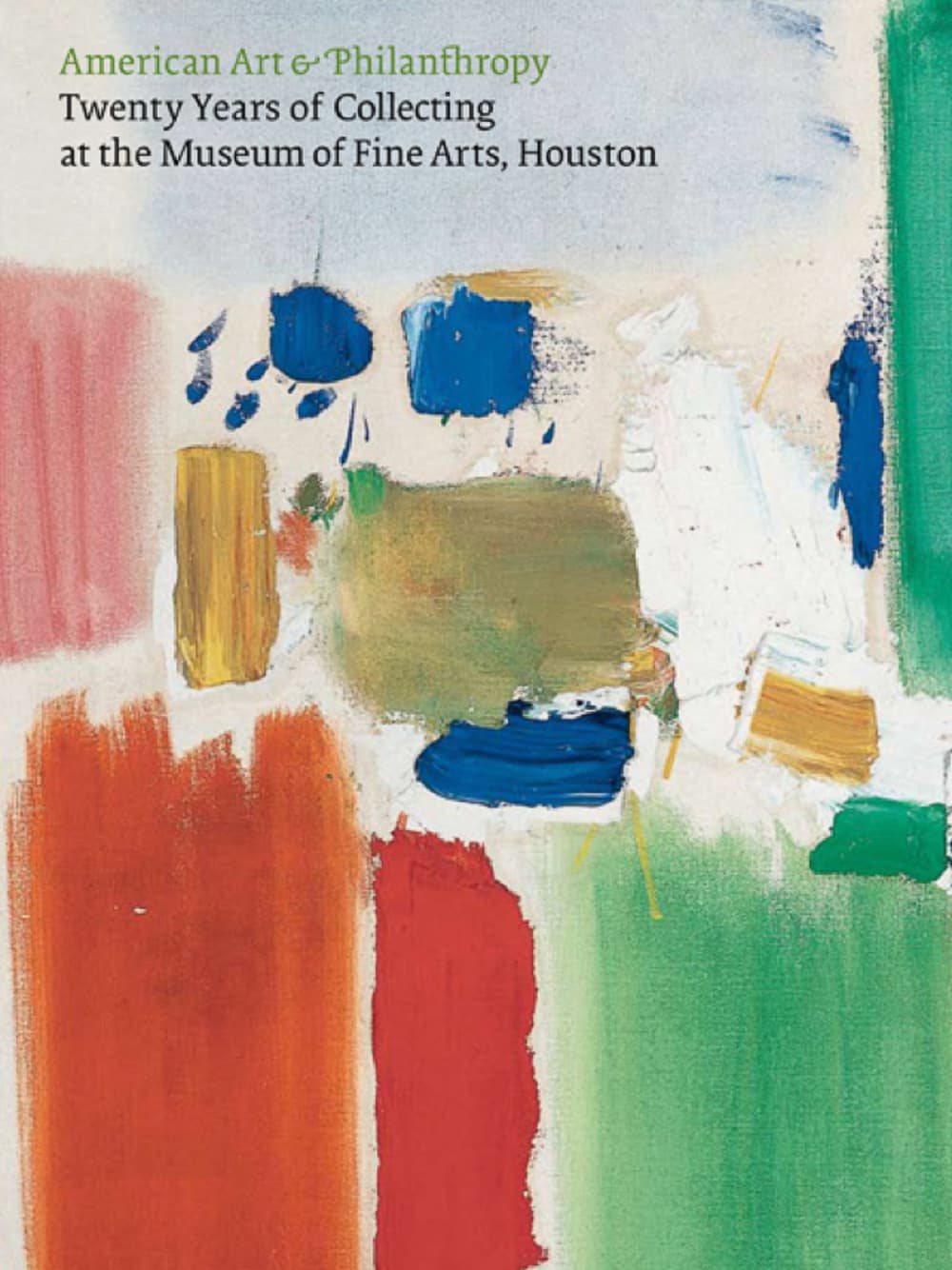 A new book detailing Houston's most prestigious collection of American art,"American Art and Philanthropy: Twenty Years of Collecting at the Museum of FineArts, Houston," arrived on bookshelves in October.
A new book detailing Houston's most prestigious collection of American art,"American Art and Philanthropy: Twenty Years of Collecting at the Museum of FineArts, Houston," arrived on bookshelves in October. "Head with Crown", 14th-early 15th century, copper alloy, from "Dynasty andDivinity: Ife Art in Ancient Nigeria." The MFAH was proud to be the first U.S.venue for this touring exhibition.Photo by Karin L. Willis; © National Commission for Museums and Monuments,Nigeria. Photo courtesy Museum for African Art/Fundación Marcelino Botín
"Head with Crown", 14th-early 15th century, copper alloy, from "Dynasty andDivinity: Ife Art in Ancient Nigeria." The MFAH was proud to be the first U.S.venue for this touring exhibition.Photo by Karin L. Willis; © National Commission for Museums and Monuments,Nigeria. Photo courtesy Museum for African Art/Fundación Marcelino Botín Just this fall, the MFAH invited artist Cai Guo-Qiang to create a gunpowderdrawing to cover the walls of the new Arts of China Gallery.Photo by I-Hua Lee/Courtesy Cai Studio
Just this fall, the MFAH invited artist Cai Guo-Qiang to create a gunpowderdrawing to cover the walls of the new Arts of China Gallery.Photo by I-Hua Lee/Courtesy Cai Studio "Still Life with Apples and Peaches" by Paul Cézanne, part of the upcomingblockbuster exhibition, "Impressionist and Post-Impressionist Masterpieces fromthe National Gallery of Art." The MFAH is the first— and the only — venue forthe exhibition.
"Still Life with Apples and Peaches" by Paul Cézanne, part of the upcomingblockbuster exhibition, "Impressionist and Post-Impressionist Masterpieces fromthe National Gallery of Art." The MFAH is the first— and the only — venue forthe exhibition.
Peter C. Marzio, who built the Museum of Fine Arts Houston into an art world juggernaut, passed away early Friday morning after a battle with cancer. He was 67.
Many in Houston's art and business communities were stunned to hear of his death because he had kept his illness extremely private.
During his 28-year tenure as director of Houston's largest museum, it rose from 30th to the sixth largest in the nation. Marzio doubled the museum in size with the Audrey Jones Beck building, which opened in 2000, increased the permanent collection from 13,000 objects to 62,000, and magnified the endowment by eighteenfold. He added full-time curators in Renaissance and Baroque Painting (1990); Prints and Drawings (1991); Textiles and Costume (1991); American Painting and Sculpture (1993); Film and Video (1996); Asian Art (2000), Latin American Art (2001) and Islamic Art (2008).
Among the many other highlights of his tenure: the completion of the Lillie and Hugh Roy Cullen Sculpture Garden (1986); the donation of Rienzi (1991); the addition of an off-site facility (1991) that houses the Museum Archives and Department of Conservation, established in 1984 and 1996 respectively; the renovation of Bayou Bend (1993) and the opening of the Lora Jean Kilroy Visitor and Education Center (2010), and the construction of Central Administration and Glassell Junior School of Art Building (1994).
Under his guidance, the MFAH has committed to spending at least $80 million over 10 years to Latin American programs, much of which will be devoted to exhibitions displayed in a new building that will place the Latin American art collection within the global context of modernism.
He forged relationships with monied Houston art lovers. Caroline Wiess Law left the MFAH $400 million — one of the largest bequests ever to a museum — along with major artworks, Alfred Glassell Jr. donated his collection of African gold pieces; Beck left 47 Impressionist masterpieces and the museum maintains a permanent collection of Renaissance and Baroque art from the Sarah Campbell Blaffer Foundation.
Marzio also believed strongly in a world view, supporting galleries and exhibits of art from Vietnam, Afghanistan, Korea, China, India, Japan and the Middle East.
"He was a visionary in that way," said associate director of investment and finance Gwen Goffe, who was named acting director after Marzio's death. "He believed in the whole idea of using art to educate about different cultures."
MFAH lifetime trustee Rich Kinder said that Marzio will be remembered as one of the finest museum directors of this generation.
"His accomplishments at the museum were just extraordinary. He took a relatively small museum and built it into one of the best museums in America today in terms of collection and endowment," Kinder told CultureMap. "He was a rare combination of a very well educated and knowledgeable art aficionado with business sense. There are very few nonprofits in America who can balance a budget."
Kinder also thought of Marzio as a great friend for more than 25 years. "We skiied, fished and collected art together," Kinder said. "He had a dry wit. He was just a wonderful person."
MFAH trustee Frank Hevrdjes admired Marzio's ability to transform the museum from a good regional center to a world-class institution.
"Peter's vision, knowledge, leadership and fiscal discipline were the envy not only of the museum world but of the entire business community," Hevrdjes said. "In addition to his large role in our community, Peter was a wonderful friend and a loving husband to his wife and best friend Frances. He was loved by all his employees and admired by the entire art world. We have lost an incredible man."
Marzio's untimely death reverberated throughout Houston's arts community.
"It's a huge loss," said Cecil C. Connor, Jr., longtime general manager of Houston Ballet." Peter was the leader not just of the museum but of the art world in Houston."
On the national level, the American Association of Museums also mourned Marzio's death.
“Peter was a leader in the museum field,” AAM President Ford W. Bell said in a statement. “His vision inspired legions of museum professionals. To say he will be sorely missed does not do honor to his influence and his character. His own life story was a case study on the power of art and museums, and their remarkable ability to lift spirits and enrich souls. Peter Marzio’s life did both, in ways that will keep him with us forever. ”
Marzio was a driving force behind bringing the 2011 AAM Annual Meeting and MuseumExpo to Houston and had served as chair. The meeting, which will take place May 23–26, will be dedicated to his memory.
Marzio was born on Governor’s Island, New York City. He went to Juniata College in Pennsylvania on a football scholarship, earning a bachelor of arts degree in 1965, and graduated from the University of Chicago with an master's of arts in 1966 and doctorate degree in 1969. He studied in Rome on a senior Fulbright research fellowship in 1973.
Prior to coming to Houston in 1982, Marzio was director and CEO of the Corcoran Gallery of Art in Washington, D.C., and curator of Prints and chairman of the Department of Cultural History at the Smithsonian Institution.
Well known in the national art world, Marzio was president of the Association of Art Museum Directors from 1988 to 1989. He also served as chairman of the Federal Council on the Arts and Humanities from 1997-2000.
He is survived by his wife, Frances; his daughter, Sara Marzio Podsednik in Houston; his son, Steven Marzio and wife Randi in Alpharetta, Ga.; and five grandchildren.
The museum is planning a memorial service after the first of the year to honor Marzio.


